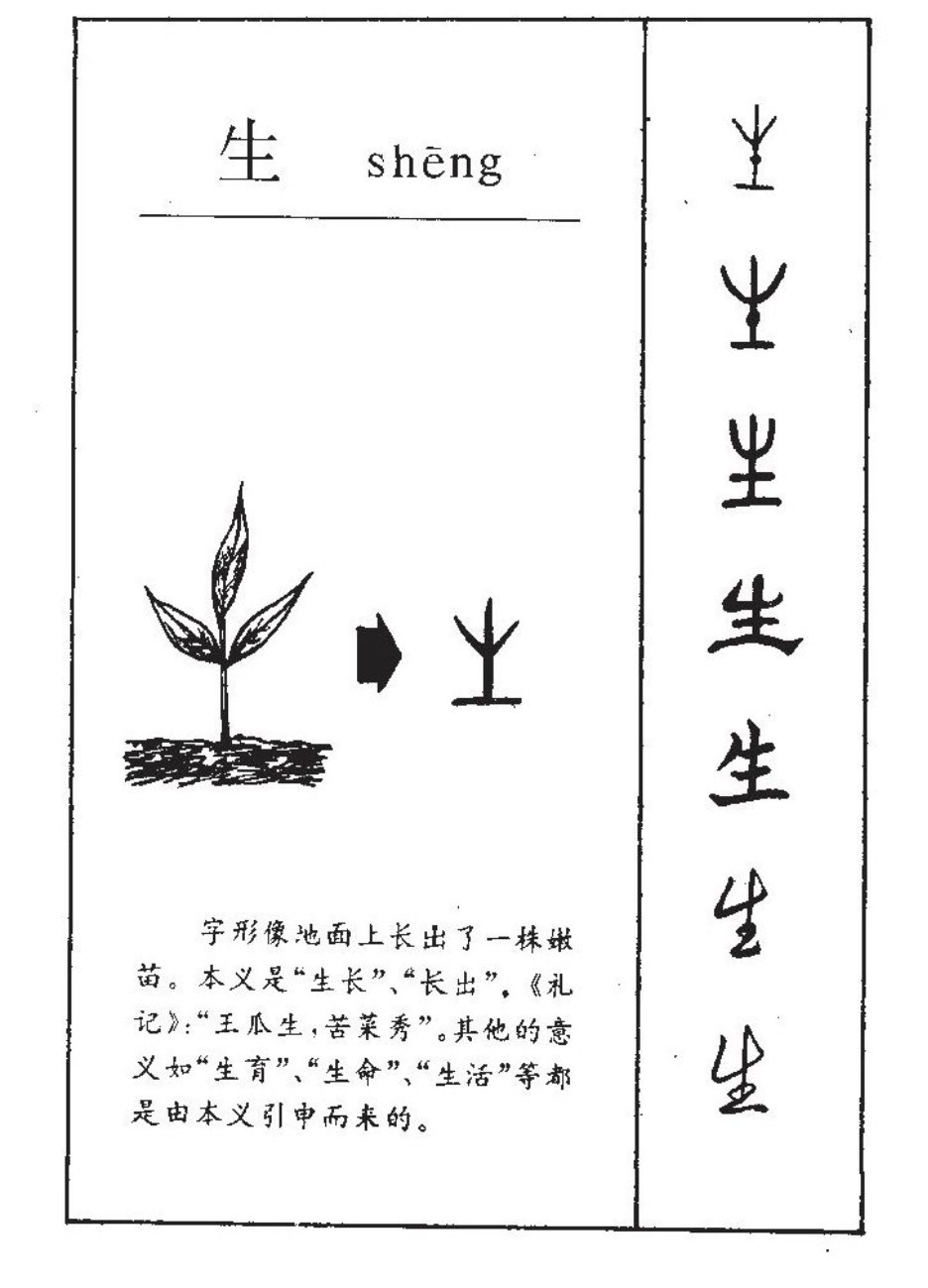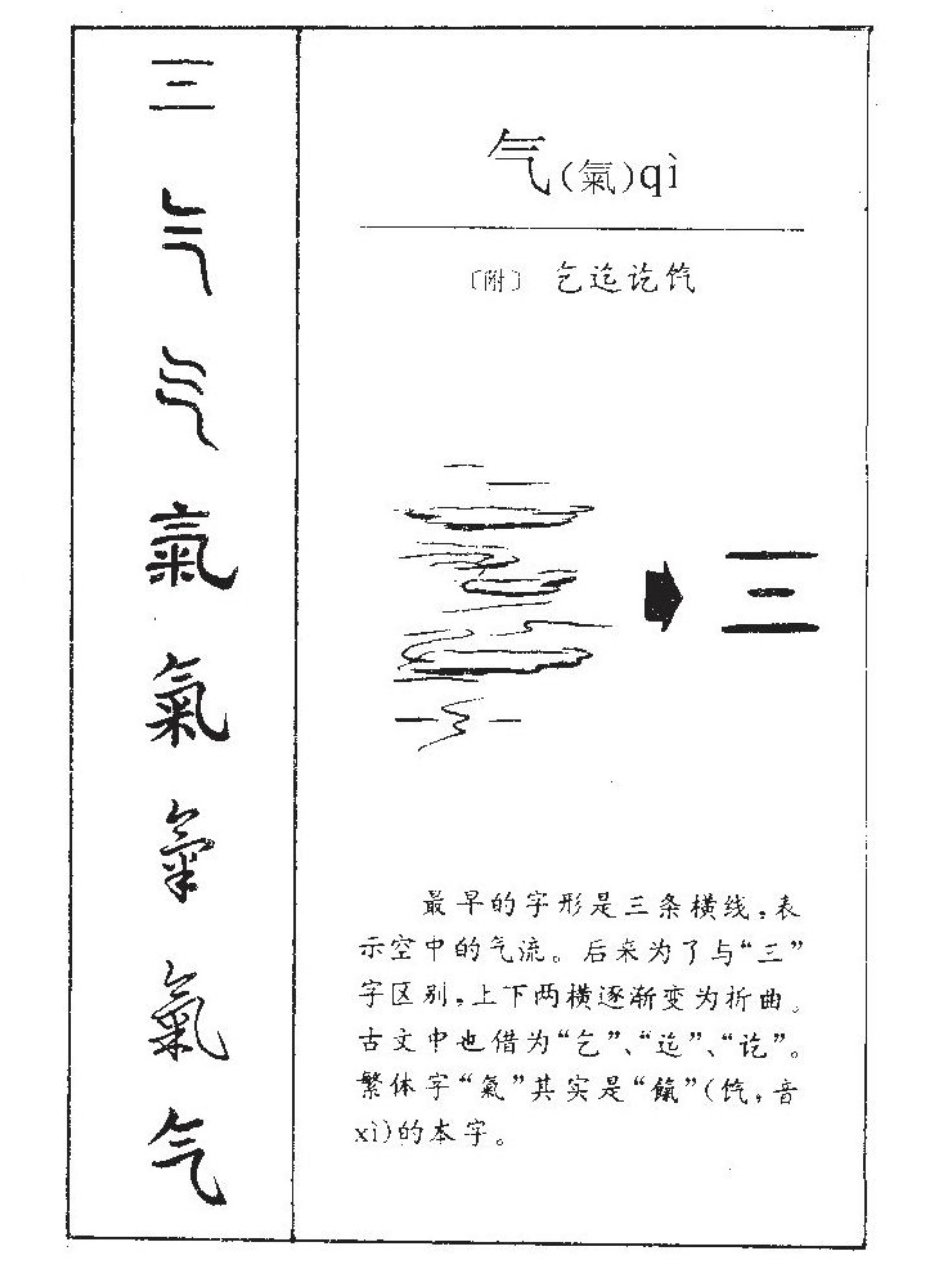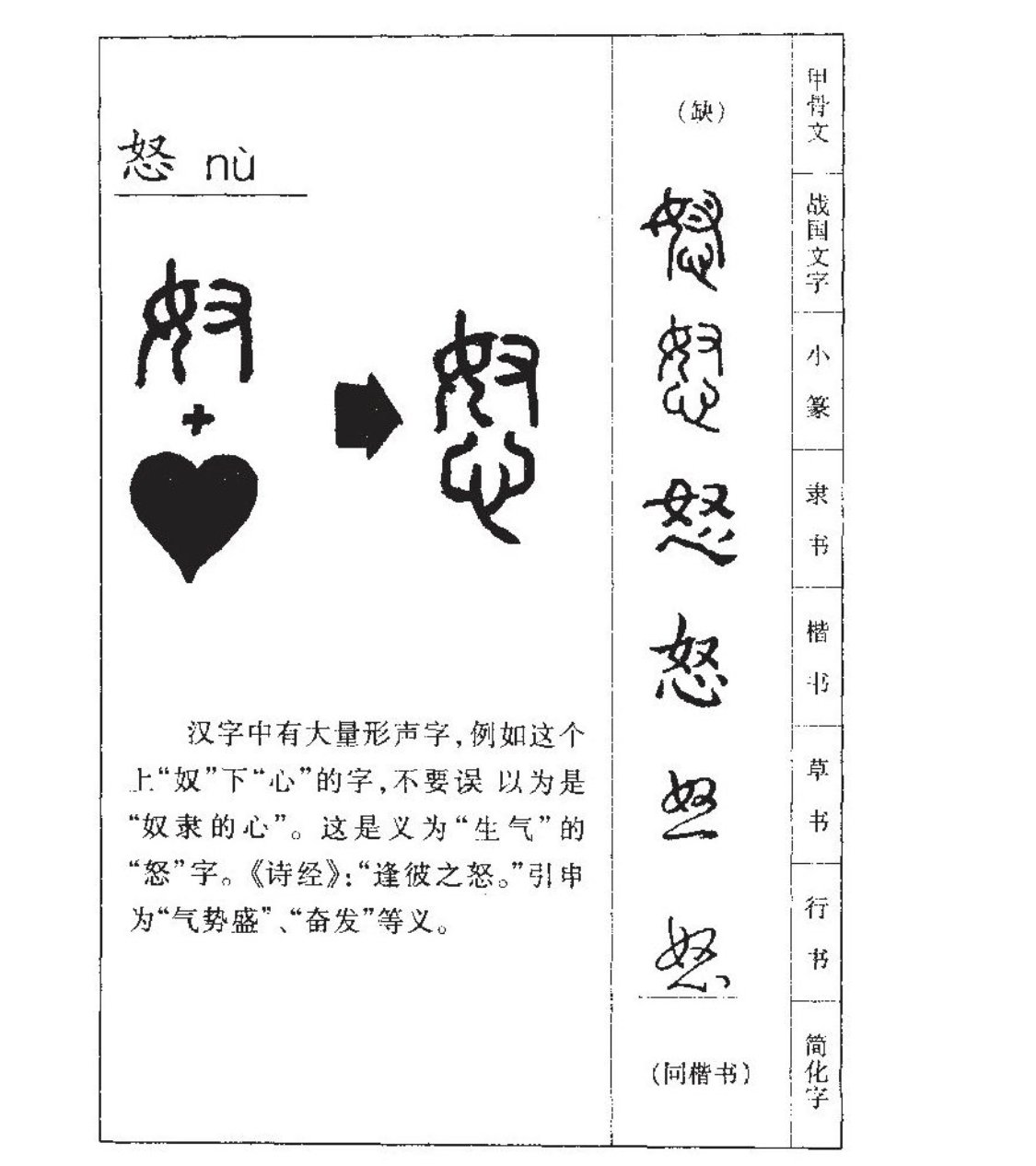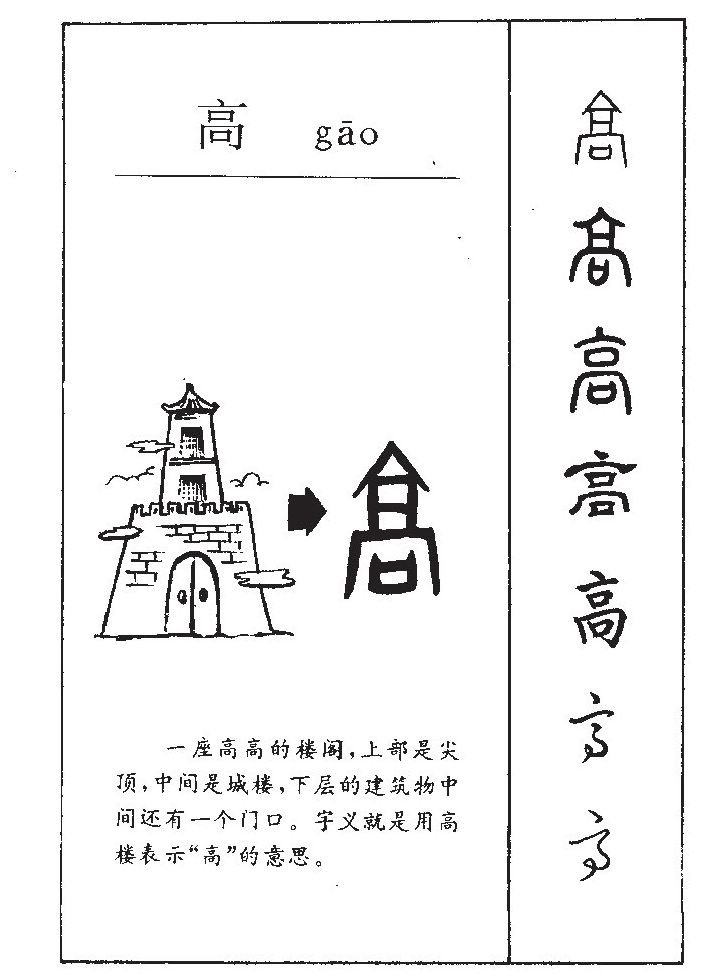Interpreting Emotions Using the Chinese Language
This article is inspired by Brene Brown’s book “Atlas of the Heart”. I enjoyed learning about emotions from her new book and was inspired to contribute to this body of work. As an ontological coach, the area of emotions is a domain that I actively engage in during coaching. Many interventions are also co-designed by aligning client’s emotional habits and moods to their intended outcomes.
This article attempts to help readers understand how the Chinese language describes certain emotions and what we can learn from the Chinese language vocabulary. In this article, I will specifically touch on three emotions - anger, happiness and fear.
ANGER
Borrowing the definition from Atlas of the Heart, anger is an emotion that we feel when something gets in the way of a desired outcome or when we believe there’s a violation of the way things should be.
There are various ways to express anger in Chinese. Below are two examples.
生气 (Sheng Qi) - These two characters combined means “angry” in Chinese.
生 means birth or growth
气 means air or energy.
These two Chinese characters basically means “the birth or growth of energy within one’s body”. This is interesting because anger does produce lots of energy within one’s body. The energy produced can be channeled productively. It is not uncommon to see many productive workers at times manifesting anger in a way that create challenges and conflict in the workplace. The same energy that often create drive and productivity is also the same energy that fuels anger.
The way to manage anger is to practice being attuned to the growing energy within us. Somatically, when a person is standing especially in a posture ready to take action (a body ready to move forward), it is this body disposition that drives productivity as well as fuels anger. If we want to diffuse anger, a possible intervention includes bringing our body downwards / backwards by sitting down or leaning back, kneeling, squatting etc to counter the birth or growth of the energy. This intervention can be applied during a conflict to diffuse your own anger.
怒 (Nu) - This character means “anger or rage” in Chinese. If we break down the writing of this character into two parts, we can see that on the top is the character 奴, which means “slave”. The bottom is the character 心 which means “heart”. This character basically means “a heart’s response when justice is not served (like being enslaved)”.
This gives us the idea that one of the purpose for anger as an emotion, is to propel us towards fighting injustice. When anger is harnessed effectively, we are able to intervene when there is bullying, oppression etc. Rather than judge the anger as a negative emotion, I often find it more useful in my coaching practice to help a person explore how the energy could be channeled productively.
Questions I have used to help someone explore anger:
What do you feel within your body feel whenever you get angry?
Who usually bears the brunt when you channel your anger in a not so productive way? How can you channel your anger more productively?
What are some areas of injustice you observed happening (at work)? How do you use your anger to intervene and fight the injustice?
What are some actions, behaviors or words that usually trigger your anger? What do you notice about your anger patterns?
Happy
In Atlas of the Heart, Brene Brown writes that there’s really no consensus in the research when it comes to defining happiness. When I looked into the different ways happiness is expressed, I found many different ideas as well. Here are three examples.
开心 (Kai Xin) - These two characters combined means “happy” in Chinese.
开 means open (seen from the picture of a door about to be opened).
心 means a human heart.
The description of these two combined characters basically means “the opening of a person’s heart”.
My own interpretation from this is that the capacity to experience happiness is strongly tied to the ability of a person to open up his or her heart to be vulnerable. When a person’s heart is opened (as opposed to closed), love and experiences of pleasure can be more easily received.
As an ontological coach, a possible design intervention for a person who wants to experience more happiness includes this somatic practice:
the opening up of the shoulders, or stretching of the arms wide to expand the chest area (and therefore the physical heart). The idea is that when the body becomes more open (especially at the chest area), the mind follows the body to expand the ability to be open towards others. Happiness is possibly a byproduct or a fruit from this somatic practice.
高兴 (Gao Xing) - These two characters also means “happy”.
高 means high/tall as seen from the picture of the tower.
兴 is a picture of many hands holding up a dish together as a celebratory act
From these two characters, the emotion of happiness can be interpreted as an emotion experienced from heightened state of togetherness, inclusion and unity. Happiness can thus be practiced when one is purposefully engaged in activities that bring togetherness and activities that foster inclusion and a sense of belonging.
快乐 (Kuai Le) - This is the third pair of Chinese characters combined to mean “happy”.
快 - This word has two meanings. It can mean fast or speedy. It can also mean the airflow towards the heart is smooth and unblocked.
乐 - This character means rhythm or music as shown by the picture of a Chinese musical instrument.
When these two characters are combined, they basically described things are smooth sailing like a piece of music played in perfect rhythm. As an ontological coach, I personally experienced happiness whenever I helped someone get “unstuck”. The feeling is similar to the description of the airflow being unblocked and the heart comes alive again. I personally found this discovery to be very fascinating.
Another way to read these characters is that they combined to mean “rapid / fast-paced” AND “rhythm/music”. Interestingly, music does affect our moods and celebratory music are often filled with fast rhythms.
It is worthy to note that we can practice changing the mood and emotion (of an environment or of a person) to a more light hearted one by the intentional use of music.
Fear
Fear can be defined as an emotion experienced when one assessed that something valuable could be potentially lost.
怕 (Pa) - From the picture, this character describes the heart as empty and there is a loss of something of great value, something very precious to a person’s heart. Other than fear, this particular character also means “worry” in the Chinese language context. From this character alone, it is quite interesting to observe that fear and worry often come as a pair.
As a coach, applying this knowledge allows me to help a person explore fear by examining what is of great value and precious to the person’s heart. Simply by asking a question such as “what is of great value to you that you fear losing?”, the conversation becomes a very rich one. I also discovered through my coaching sessions, a conversation about fear and worry often leads to a deeper examining of relationships and items that are of great value to a person. And this further leads on to whether a person’s life is aligned to his / her value system.
In summary: Having struggled with naming and understanding emotions, I have a firm belief that helping others name and understand their emotional life can bring significant breakthroughs. I hoped you have benefitted just as I have after researching about the Chinese language and human emotions. I have certainly expanded my own knowledge and abilities as an ontological coach.
Written by Victor Seet
Activator • Communication • Strategic • Self-Assurance • Command
As a Gallup and Newfield Certified Leadership Coach in Singapore, Victor is passionate about helping people be better observer of themselves to achieve the results they want, especially in the area of well-being and performance. Victor intentionally integrates the strengths-based and ontological approach into his leadership coaching and workshops.
**sources:
Atlas of the Heart by Brene Brown;
www.chaziwang.com.












